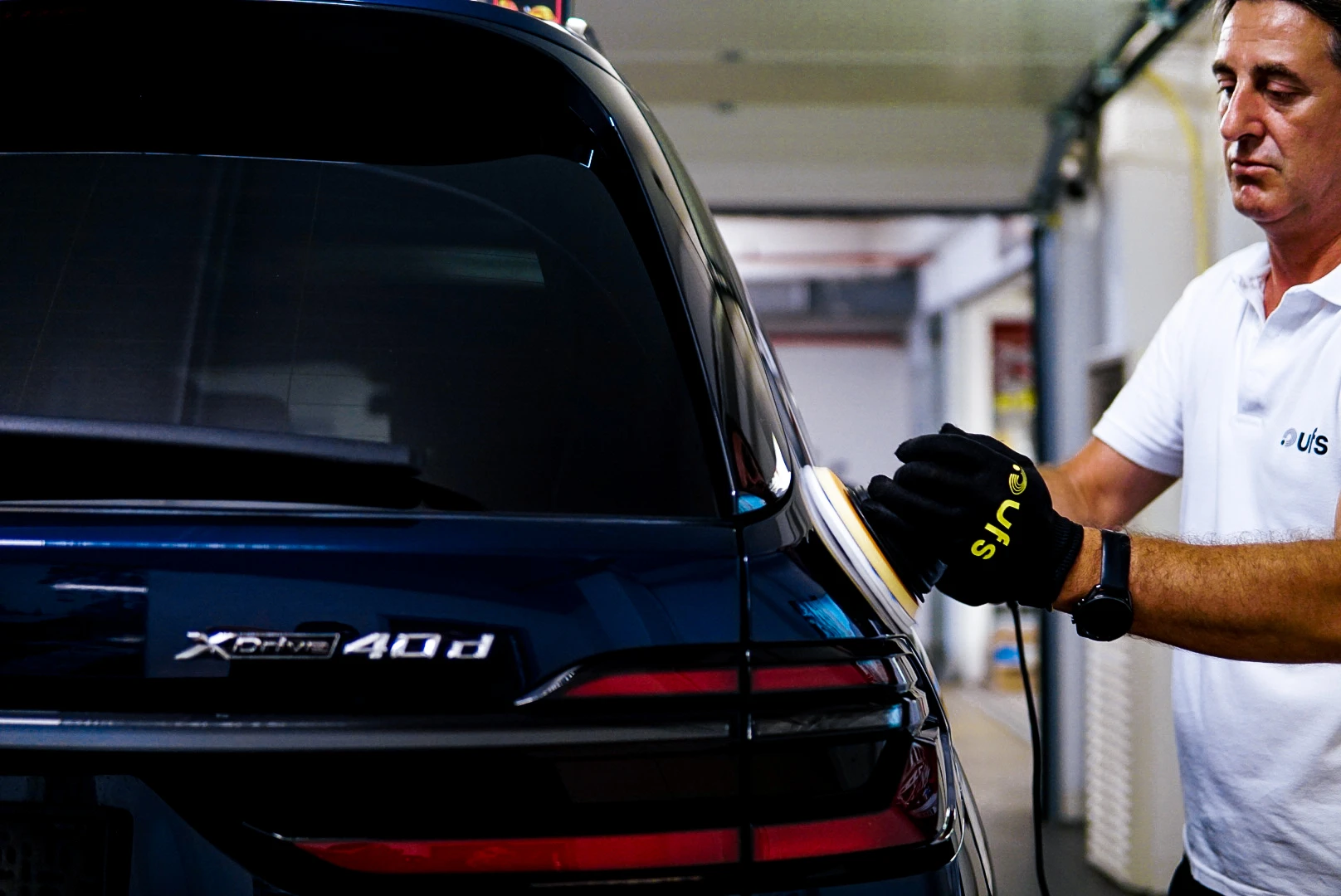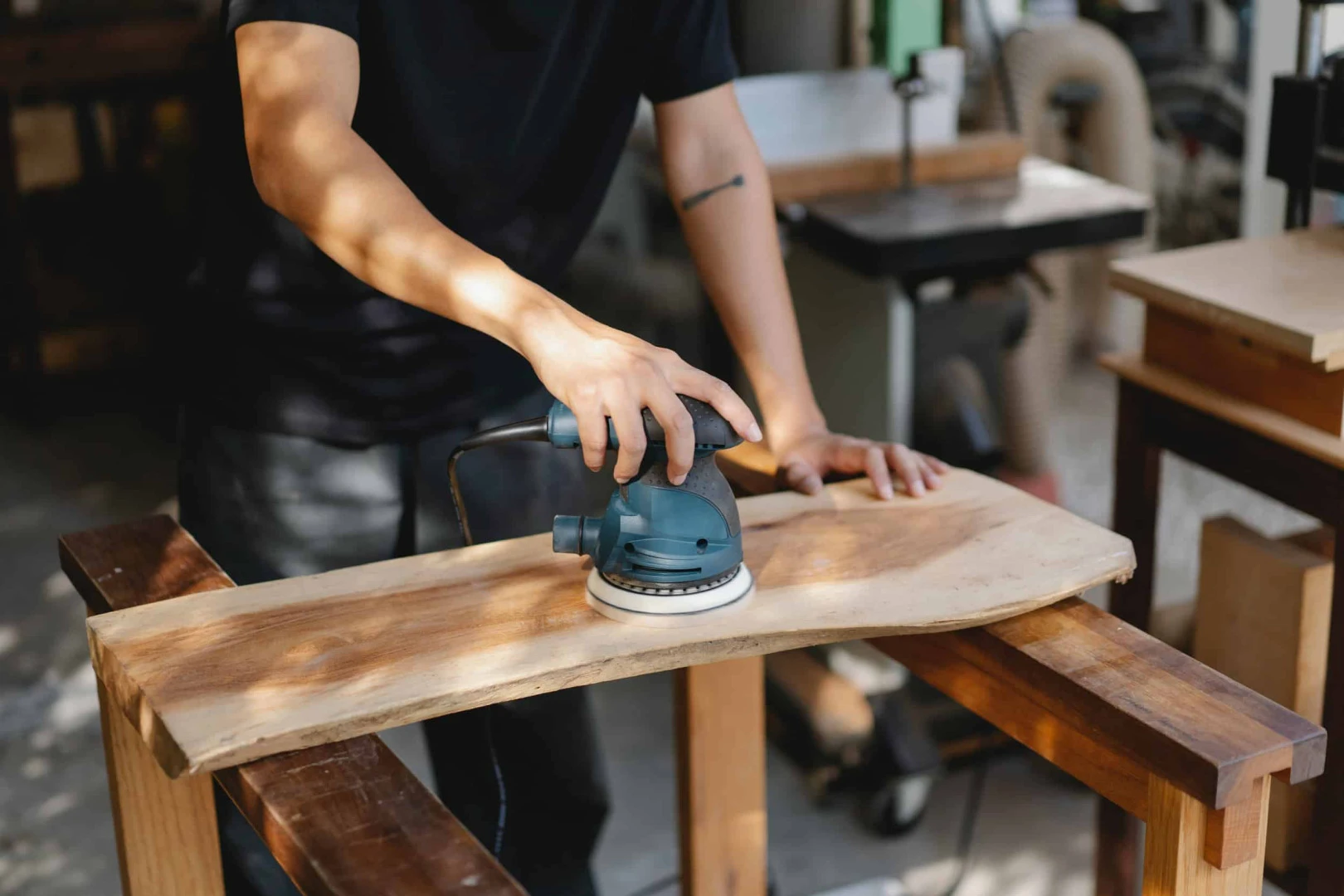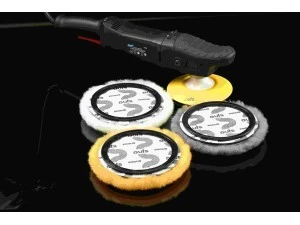Paintless dent repair (PDR) is a crucial technique for restoring the aesthetic appearance of vehicle surfaces. Following the dent repair, surface finishing is an essential step to improve the visual outcome of the repaired area. Selecting the correct equipment and techniques prevents unwanted marks, defects, and imperfections, ensuring full compatibility with the original surface. Initially, the appropriate sanding and polishing products must be carefully chosen. The type of sandpaper depends on the surface condition and the desired post-repair appearance. Afterwards, the surface is polished smoothly and evenly using suitable polishing pads and compounds. These processes require expertise and experience. When executed correctly, the surface appears flawless and vibrant, as if no repair was performed. Meticulous finishing ensures maximum customer satisfaction.
Importance of Equipment Selection After PDR
Choosing the right equipment is critical for effective surface finishing after paintless dent repair. Proper tools enhance efficiency while minimizing the risk of surface damage. Key considerations include:
The quality of the tools used for dent repair directly affects the final result.
Correct selection of sanding and polishing products is vital for achieving smoothness and shine.
Specialized dent repair tools ensure the process is completed without damaging the surface.
Polishing pads and compounds must be matched correctly to achieve optimal results.
Expertise in equipment selection increases efficiency and customer satisfaction.
Using Polishing Pads After PDR
Polishing pads play a central role in surface finishing after PDR. The right pad ensures smoothness and high gloss. Surface condition and color tones should guide pad selection. Pads must be compatible with the polishing compound and technique. Light imperfections left after dent repair can be removed with the proper pad. Natural pads, such as lambswool, provide gentle yet effective polishing, outperforming many alternatives. Lambswool pads are particularly effective for removing minor scratches and surface distortions. The applied technique and motion during polishing determine the success of the process. Combining the correct pad and compound creates a perfectly smooth surface with the desired shine.
Selecting Pads Based on Surface Condition and Color
The choice of polishing pad should consider the surface type and color. Different surfaces and tones require different pads. The presence of scratches, marks, or unevenness also affects pad selection. Softer pads are suitable for light imperfections, while firmer pads work better for deeper scratches. Natural and synthetic fibers offer different performance characteristics. Choosing the right pad enhances polishing efficiency and ensures desired results. Proper pad selection, combined with compatible polishing products, optimizes surface appearance and color consistency.
Using Lambswool Pads for Scratch Removal
Lambswool polishing pads are widely used for effective scratch removal. They are especially beneficial when deep scratches are present after dent repair. The natural fibers provide gentle but effective polishing. During application, the pad lightly abrades the scratch’s surface, creating a smooth finish. Key benefits include:
Safe operation without damaging the surface.
Reduces the visibility of scratches when used with the correct polishing compound.
Effective solution for deeper or prominent scratches.
Proper technique enhances results.
Gentle polishing restores the surface to a pristine appearance.
Successful use of lambswool pads increases customer satisfaction through superior surface finishing.
Sanding After PDR
Sanding is a critical step in surface finishing following PDR. Light surface imperfections and irregularities are removed during sanding. Selecting the correct sandpaper and technique ensures optimal smoothness. The surface should be assessed to determine the appropriate grit and type of sandpaper. Typically, grit ranges from P800 to P3000 are used. Proper sanding prevents unwanted marks and prepares the surface for polishing. Consistent and controlled sanding ensures even results and maximizes finish quality.
Determining the Need for Sanding
The requirement for sanding depends on the surface condition after dent repair. If the surface appears uneven, scratched, or damaged, sanding is necessary. Proper sanding creates a uniform, smooth surface. If the surface is already smooth and clean, sanding may be skipped, allowing for direct polishing. Accurate evaluation of the surface determines sanding necessity and the workflow. Correct grit and sandpaper type ensure successful results and prepare the surface for high-quality polishing.
Correct Grit Selection to Avoid Standard Sanding Marks
Selecting the correct grit is crucial for avoiding sanding marks. Proper grit ensures a smooth surface and prevents residual scratches. Coarser grits remove major imperfections, while finer grits refine the surface and prepare it for polishing. Incorrect grit selection can leave visible marks and compromise final gloss and smoothness. Homogeneous sanding techniques further ensure a flawless surface, optimizing results for subsequent polishing.
Homogeneous Sanding Without Deep Scratches
Even and controlled sanding is vital to avoid creating deep scratches. Circular or back-and-forth motions should be smooth and consistent. The entire surface must be evenly sanded to prevent deep scratches. Proper grit and sandpaper selection are essential for achieving a smooth surface. After sanding, the surface should be ready for polishing. A well-prepared surface ensures the success of the PDR process and allows the polishing stage to achieve optimal shine.
Polishing Process After PDR
Polishing is the final and most critical step after sanding post-PDR. It enhances surface gloss and removes remaining imperfections. Special polishing compounds and pads should be used, and the process must be performed by an experienced technician. The correct compound is chosen based on surface condition, and polishing is applied using gentle, circular motions. This removes scratches and sanding marks, leaving the surface smooth and highly glossy. Proper polishing restores the vehicle’s aesthetic appeal and maximizes customer satisfaction.
Common Mistakes After PDR Finishing
Common mistakes in post-PDR finishing can significantly affect quality:
Using incorrect equipment or materials can cause permanent damage.
Rushing sanding or polishing can leave unwanted marks.
Failing to assess the surface properly may lead to unnecessary sanding or polishing.
Inadequate expertise results in suboptimal outcomes.
Not cleaning the surface thoroughly after polishing allows residual marks to remain.
Avoiding these errors and working with experienced technicians ensures high-quality, professional results.




